Date: 31 October 2008
Telefónica’s new City of Communications, with its 140,000 square meters of glazed surfaces in the façades, is now the largest urban development in terms of glass ever carried out in Spain and in Europe.
The project, designed by the prestigious architect Rafael de La-Hoz, includes a façade formed by a double external glass skin connected to the interior façade via ribs of structural glass. The façade as a whole represents over 60,000 square metres of enclosure, and twice that in terms of glass surfaces.
The new corporate home of Telefónica, District C, which by size is the largest corporate project in Europe and one of the largest in the world, houses its twelve thousand employees in a single building to the north of Madrid, in Las Tablas.
For Rafael de La-Hoz, “District C also represents the first privately owned open space in Europe. The campus is open to all, 24 hours a day all year round, for anyone who wants to visit it.”
The difficulty of the project lies in ensuring a reliable design of the internal cladding as a whole, which is carried out as a modular façade system, and at the same time, enabling the glass ribs to be fixed across it, which bear the load of their own weight, and the frontal and lateral wind loads of the external glass cladding.
Officially opened on 8 October by their majesties the king and queen of Spain, the project was recently awarded the International Prize in the XI International Biennial of Argentina, BA07.
Rafael de La-Hoz wanted to create an abstract, transparent box, like an ice cube, and chose for this a screenprinted glass with black and white dots. Vitro Cristalglass presented a range of glass which fit perfectly with the wishes of the architect, and the chosen product was SUPERDUAL-T® combined with MULTIPACT® over extra-clear glass and SOLARLUX® Supernatural 70/40.
SUPERDUAL-T® is a product of Vitro Cristalglass designed expressly for this project. Its development broke former barriers and enabled a double visual effect to be obtained. Looking at the façade from outside it appears to be totally white, thanks to the multitude of tiny white dots applied to the glass; from inside and thanks to the optical effect, these dots are hardly visible, permitting total visibility through the glass. This singular feature might be used for even more avant-garde designs, creating holographic images which would be seen from outside and not from inside.
Façades with SUPERDUAL-T® glass enable substantial energy savings thanks to its optimal solar factor; this aspect is particularly important for large buildings, where optimising heating and cooling costs is one of the most important points to be considered.
In Vitro, we are conscious of the need to protect the environment and promote sustainable architecture and construction, and we are anxious to contribute to the development of these values. We at Vitro feel we must maintain a commitment to sustainable development and contribute to the acceptance and application of an environmental culture based on a commitment to sustainable development values.
Vitro, S.A.B. de C.V. (BMV: VITROA; NYSE: VTO), is one of the world’s biggest glass producers. Through our affiliate companies, we offer high quality products and reliable services to meet the needs of two different types of business: glass containers and flat glass. Our companies produce, process, distribute and market a wide range of glass articles in order to provide solutions in multiple markets, including wines, spirits, cosmetics, pharmaceuticals, food and drink, as well as the automobile and construction industries. We also supply raw materials, machinery and equipment for industrial use. We contribute to improving the quality of life of our employees and the communities where we operate, generating jobs and economic prosperity, thanks to our continuous focus on quality and ongoing improvement, and in our constant efforts to promote sustainable development. Based in Monterrey, México, and founded in 1909, Vitro currently has plants and a widespread distribution network in ten countries in the Americas and Europe. Our company’s products are also sold all over the world. For more information, our company’s website is: http://www.vitro.com


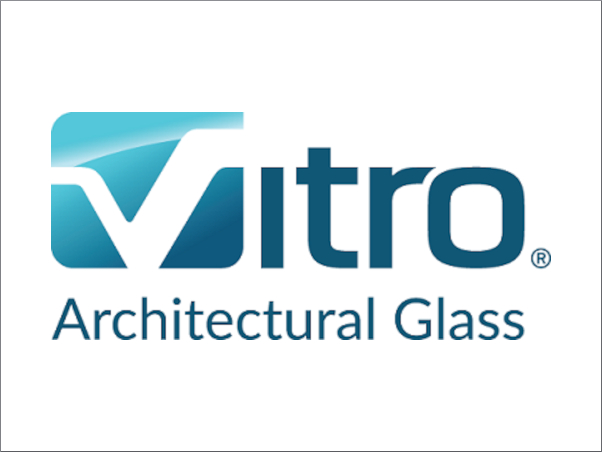

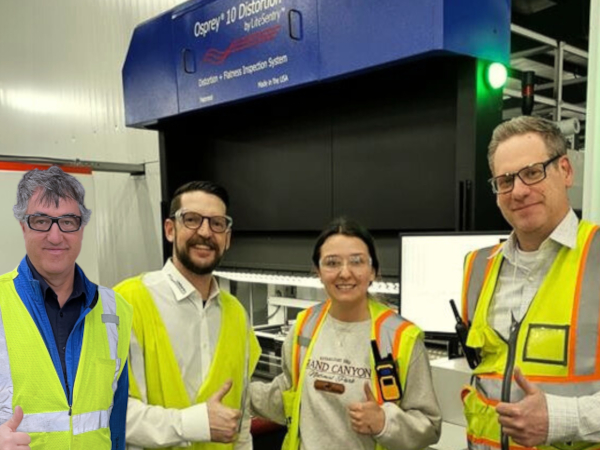

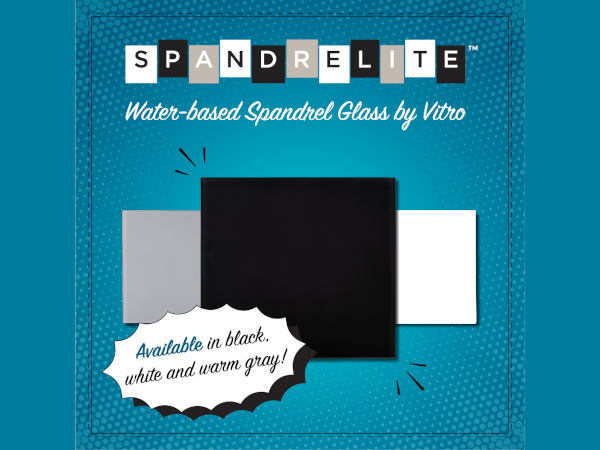

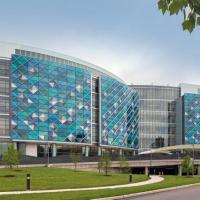
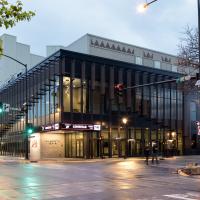
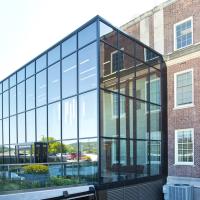
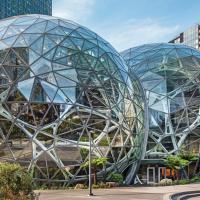

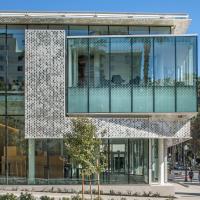
Add new comment